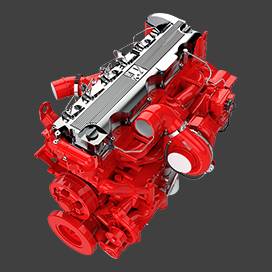Sep . 07, 2024 15:38 Back to list
Brake Drum Gear Coupling – High-Performance Power Transmission Solutions
Brake Drum Gear Coupling A Comprehensive Overview
In the world of mechanical engineering, couplings play a vital role in transmitting power between rotating shafts while accommodating misalignment and minimizing vibrations. Among various types of couplings, the brake drum gear coupling stands out for its unique design and functionality. This article delves into the intricacies of brake drum gear couplings, including their design, applications, advantages, and maintenance considerations.
Design
The brake drum gear coupling consists of a brake drum and a gear coupling integrated into one unit. The brake drum is usually mounted on a shaft and is designed to work with a brake system that engages during operation to slow down or stop machinery. The gear coupling aspect allows for the connection of two shafts while enabling some degree of angular, parallel, and axial misalignment. The teeth of the gears mesh together to ensure smooth power transmission, making this coupling both reliable and efficient.
Applications
Brake drum gear couplings are widely utilized in various industries such as automotive, aerospace, mining, and manufacturing. In automotive applications, they are particularly essential for linking the brake system with the drive shaft, ensuring that the vehicle decelerates effectively. In large industrial machinery, these couplings facilitate the connection between motors and gearboxes, where precise power transmission is critical for safe and efficient operation.
brake drum gear coupling

One notable application is in mining equipment, where heavy machinery requires robust and reliable components due to the harsh operational environment. A brake drum gear coupling can withstand significant loads and provide a high degree of durability, making it ideal for such uses.
Advantages
The integration of braking and coupling functions in a single unit has several advantages. Firstly, it simplifies the overall design of machinery by reducing the number of components, which can lead to lower manufacturing and maintenance costs. Secondly, the ability to handle misalignment enhances the longevity of the connected shafts and associated components, reducing wear and repair needs. Thirdly, the efficient power transmission and braking capabilities increase the overall performance of the machinery, contributing to improved productivity.
Maintenance Considerations
Despite their advantages, brake drum gear couplings do require regular maintenance to ensure optimal performance. It’s vital to keep the coupling free from debris and contaminants that could impede its operation. Regular inspections should be conducted to check for wear on the gear teeth and drum surfaces, and lubrication should be applied as necessary to minimize friction.
In conclusion, the brake drum gear coupling is a sophisticated component that enhances the functionality and reliability of various mechanical systems. By integrating braking and power transmission features, it offers significant benefits across multiple industries. Understanding its design, applications, advantages, and maintenance will enable engineers and operators to leverage this technology effectively, ultimately leading to increased efficiency and durability in machinery operations.
-
Your Brake Drum Man: Premium & Reliable Brake Drums for Sale
NewsAug.18,2025
-
ROR Web Development: Build Fast, Scalable, Secure Apps
NewsAug.17,2025
-
Scania Brake Drums: OEM Quality for Optimal Safety & Durability
NewsAug.16,2025
-
R.V.I: Advanced Remote Visual Inspection for Precision
NewsAug.15,2025
-
Discover HYUNDA: Innovative Vehicles, Equipment & Solutions
NewsAug.14,2025
-
R.V.I: Unlock Advanced Insights & Real-time Performance
NewsAug.13,2025
